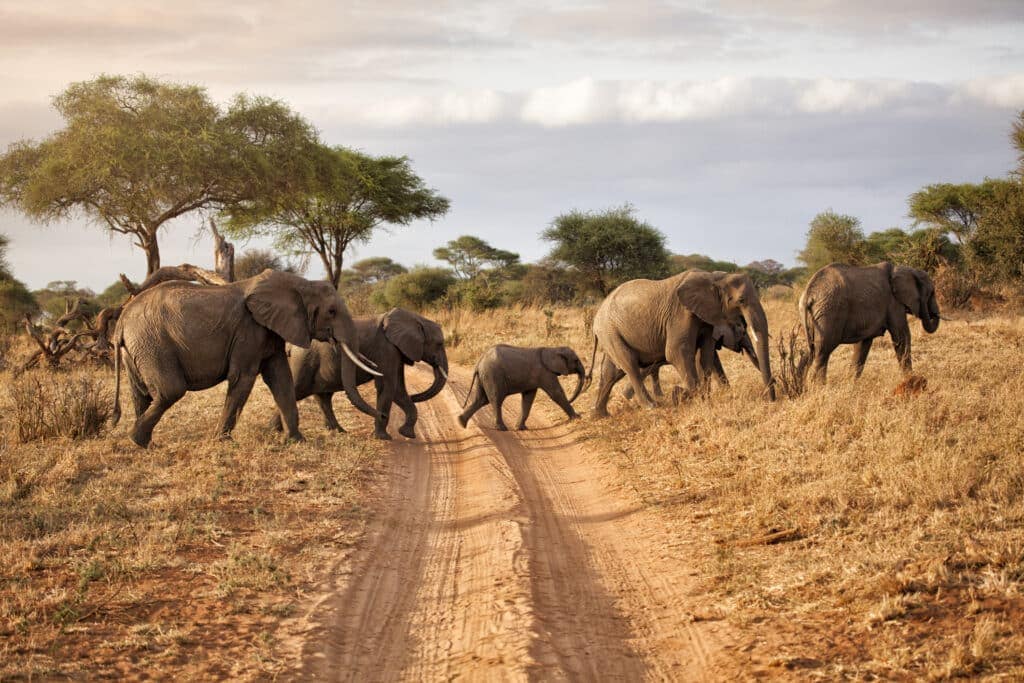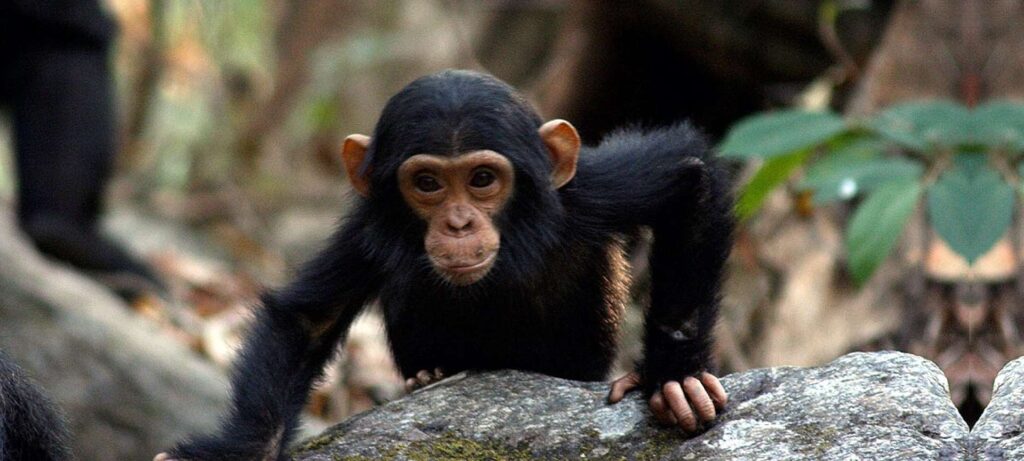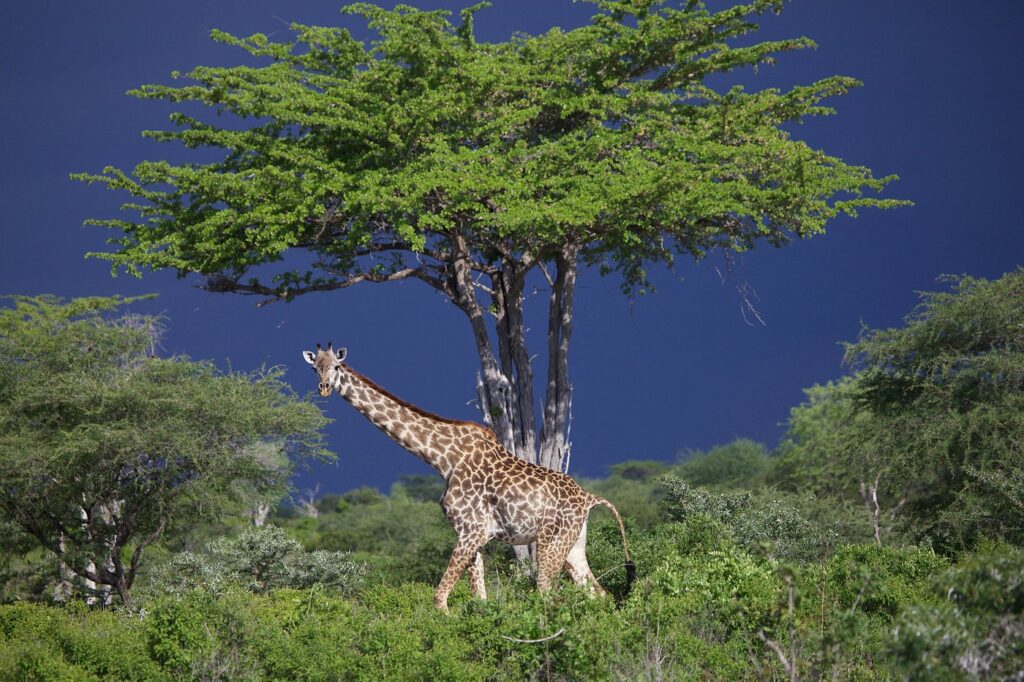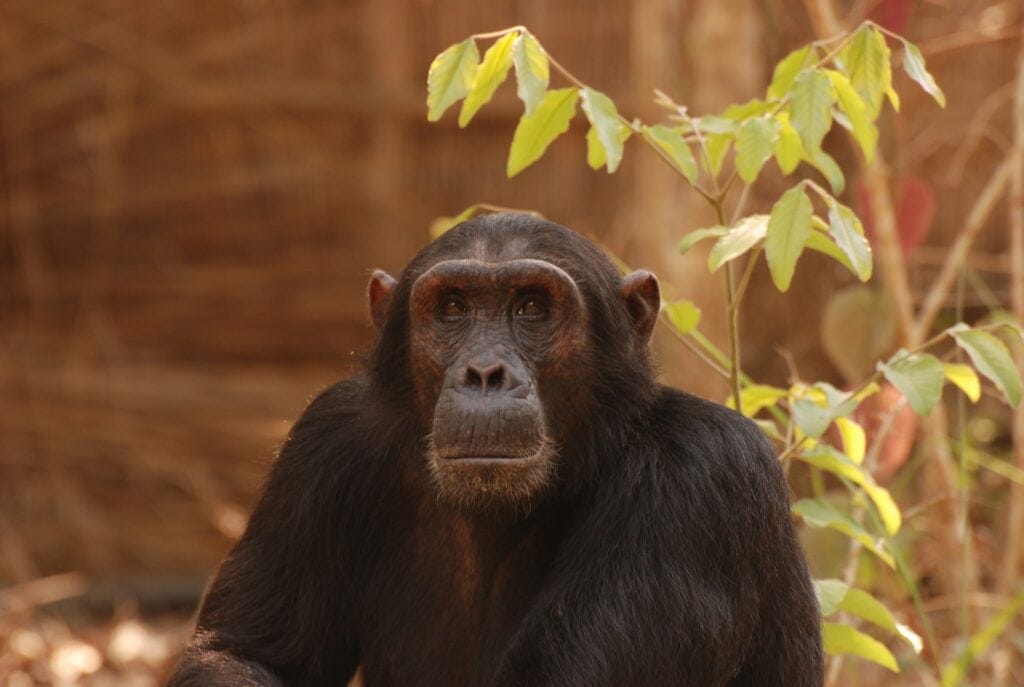Tanzania is a dream destination for wildlife and nature photography enthusiasts, and it’s not hard to see why. Incredible biodiversity, the Great Migration, stunning and diverse habitats, unique wildlife, cultural encounters, expert guides, and year-round photographic opportunities await novice and professional photographers alike.
In this article, you’ll get a closer look at 10 of the best spots for photographic safaris in Tanzania.
1. Serengeti National Park
While the Serengeti is perhaps most famous for the annual Great Migration of wildebeests and zebras, you’ll also be able to spot a range of other wildlife, including lions, leopards, cheetahs, elephants, and giraffes.

Diverse landscapes such as open grasslands, riverine forests, and kopjes offer spectacular backdrops against which to capture animals in their most primal state.
2. Ngorongoro Conservation Area
The Ngorongoro Crater, a UNESCO World Heritage Site, is the world’s largest unbroken volcanic caldera.

This unique destination offers a one-of-a-kind setting for capturing a high concentration of wildlife, including the famous Big Five (lion, elephant, leopard, buffalo, and rhino), zebras, wildebeest, cheetahs, jackals, kudu, hippos, and hyenas, among others. This dramatic area is also exceptional for landscape photography.
3. Tarangire National Park
Tarangire National Park plays host to an astonishing array of wildlife, including the Big Five and massive herds of elephants. Besides the incredible birdlife, you’re likely to spot giraffes, zebras, wildebeest, impalas, and elands, as well as predators such as lions, leopards, and cheetahs.

While game drives are the norm, you’ll also get the chance to go on walking safaris, while night drives offer a unique perspective on nocturnal animals.
4. Lake Manyara National Park
Famous for its tree-climbing lions, Lake Manyara National Park is small but diverse. Its alkaline lake is a haven for a vast array of birdlife – over 400 bird species. Other wildlife you’ll find here include elephants, zebras, giraffes, impalas, wildebeest, hippos, and a variety of monkey species.
The dramatic Rift Valley escarpment is a major drawcard for landscape photographers and you can take cultural visits to local Maasai communities.
5. Ruaha National Park
Diverse wildlife and rugged terrain make Ruaha National Park a popular destination for both wildlife and landscape photographers. As one of Tanzania’s lesser-visited parks, you’ll enjoy a sense of exclusivity on a safari here.

A highlight is the Great Ruaha River that attracts a variety of animals during the dry season, including elephants, lions, leopards, cheetahs, African wild dogs, giraffes, zebras, and hippos, to name just a few.
6. Selous Game Reserve
One of Africa’s largest game reserves, this destination offers a remote and uncrowded photographic adventure. Boat safaris on the Rufiji River offer a unique perspective on the diverse wildlife, which include elephants, lions, leopards, cheetahs, giraffes, and zebras.

The reserve is also home to a large population of the critically endangered African wild dog. Birdwatching in Selous is exceptional, with over 350 species.
7. Mahale Mountains National Park
This park on the shores of Lake Tanganyika is the perfect choice if you want to capture primates in the wild. Home to a large chimpanzee population, this destination is also superb for spotting red colobus monkeys, yellow baboons, leopards, civets, and a range of bird species.

Chimpanzee trekking is best in the dry season (June to October), while the wet season (November to May) offers the perfect conditions for birdwatching.
8. Katavi National Park
One of Tanzania’s most remote parks, Katavi’s seasonal floodplains attract large herds of herbivores, offering exceptional opportunities for capturing predator-prey interactions. Katavi is home to various mammals, including buffalos, elephants, hippos, crocodiles, lions, leopards, cheetahs, giraffes, and over 400 bird species.

The park’s diverse landscapes ensure dramatic backdrops for exceptional wildlife photography.
9. Mikumi National Park
If you’re pressed for time and looking for a shorter photographic safari, head to Mikumi National Park close to Dar es Salaam. A highlight is the Mkata Floodplain, which attracts large herds of animals during the dry season. You can expect to see elephants, lions, leopards, giraffes, zebras, wildebeests, and buffalos, among others.

The park’s varied terrain and habitats offer excellent opportunities for awesome landscape photography.
10. Gombe Stream National Park
Renowned for its long-term chimpanzee research and habituation program, Gombe Stream National Park is another great destination for primate photography. Located on the eastern shores of Lake Tanganyika, this park’s lush and green environment consists of dense tropical rainforests, steep hills, and river valleys.
Although the park is relatively small, it’s home to several habituated chimpanzee troops and other primate species.

Wherever you go in Tanzania, there are always plenty of opportunities to capture epic shots. Its diverse terrain, abundant wildlife, and vibrant culture offer both wildlife and landscape photographers the chance to take exceptional photos.
Speak to a safari expert at Discover Africa today about planning a tailor-made, luxury photographic safari in Tanzania.
Author: Adelle Bell
Published: 11 December 2023
Last Update: 11 December 2023